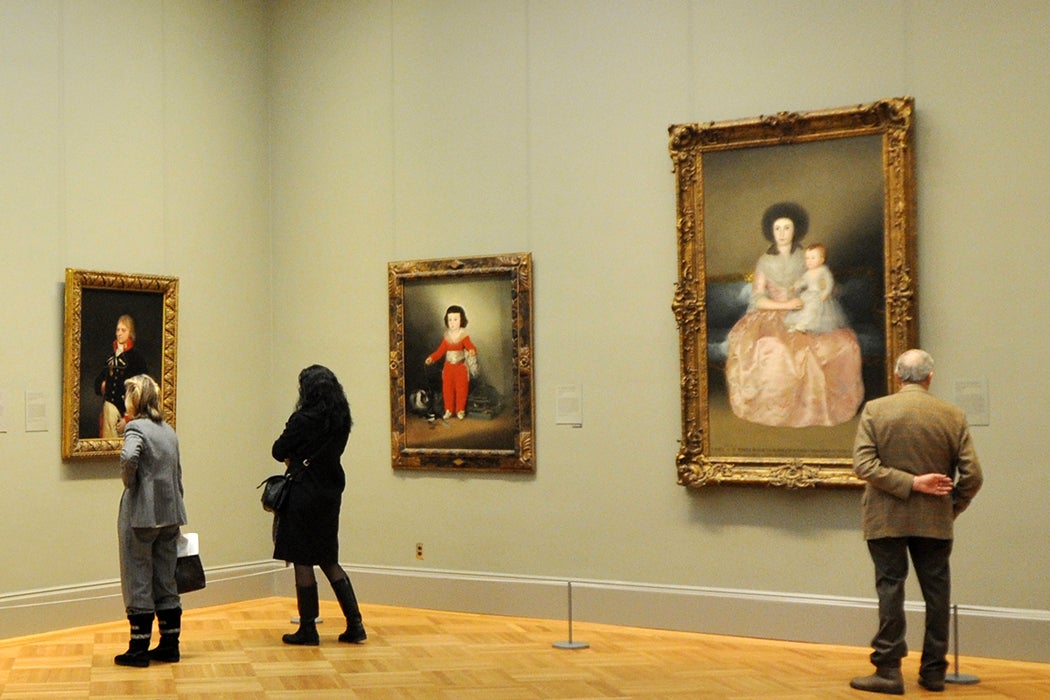The Minneapolis Institute of Art recently received a $750,000 Andrew W. Mellon Foundation grant to establish the world’s first Center for Empathy and the Visual Arts. A team of experts will come together to focus on how art museums can teach empathy and compassion. This news has left some asking whether these qualities can be taught.
Educators have been using the arts and humanities to teach empathy for some time. In 2003, Lauren Christine Phillips tracked the ways in which she set out as an art teacher to nurture empathy. Phillips writes about how her school, Norcross Elementary, has set out to teach and instill empathy in their 900 students. “From an early age,” she explains, “they learn how to treat others with respect, work together to solve problems, and be a part of our community. They learn this from adults at our school, as well as from each other.”
In her classroom, Phillips stresses caring and imagination, while acknowledging that the idea of teaching empathy is not something as concrete as other lesson plans, like teaching perspective or watercolor. “I have not discovered the 10-step process for teaching kids to care,” she notes. But she believes that through the artistic process, imagination, modeled behavior, and human connection, art can have transformative powers.
Phillips describes two groups lessons she uses to create “a community of caring.” One lesson focuses on the class’s creating Ashanti adinkra cloth, traditionally from Ghana. This cloth is hand-stamped and originally made to wear at funerals. Students could imagine and empathize with the artists during their own creation process. Although only in second grade, the children benefitted from discussing the artistic emotions and motivations behind the project.
Another lesson was inspired by Oaxacan painted animal sculptures. For this, Phillips again provided the students with context, explaining that many of the Oaxacan artists who make these do so after farming all day. She asks them questions like, “Why would they spend the little free time they have carving small creatures?” Students begin to understand that the act of creating brings people joy. They also start to make connections between the artists they are studying and their own families, seeing how art helps to improve their lives in various ways.
The Minneapolis Institute of Art’s new Center for Empathy and the Visual Arts has many possibilities for how to creatively teach and instill empathy in museum visitors. Although Phillips’ study focused on children, her ideas can be applied to museum visitors of all ages. As Hannah Arendt put it: “Education is the point at which we decide whether we love the world enough to assume responsibility for it and by the same token save it from that ruin which, except for renewal, except for the coming of the new and young, would be inevitable.”







